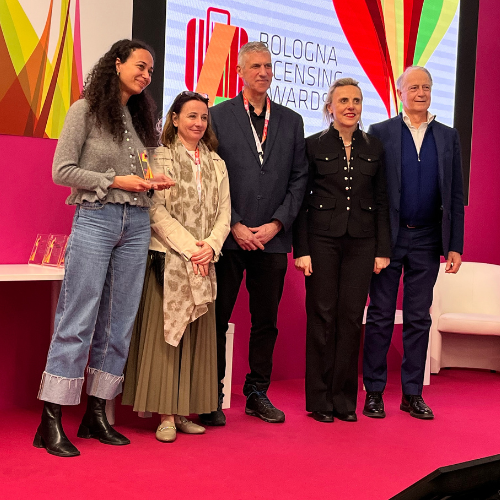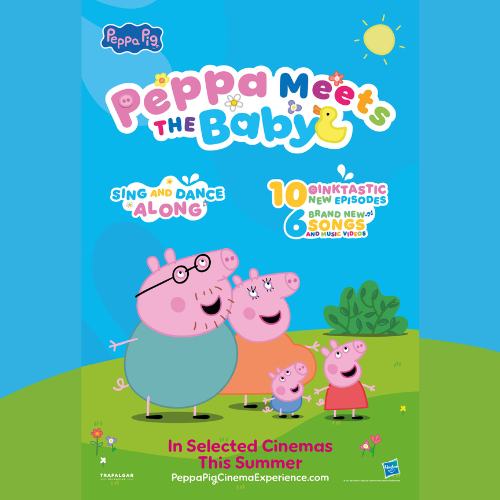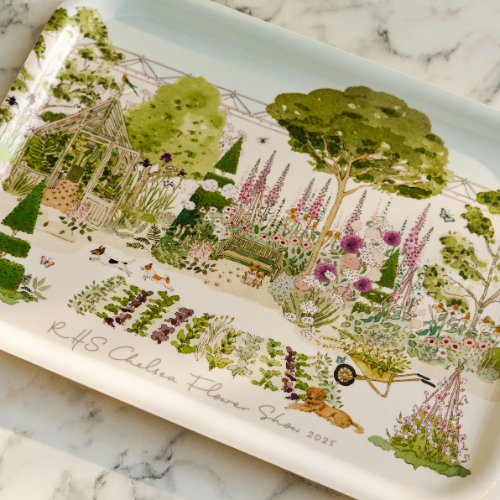Our regular column shining a light on retail trends, sees Mary Lewis, retail manager at The Point.1888, focus on some of the most recent brand collaborations.
It would be remiss for one of our Spotlight on Retail articles not to focus on brand collaborations – an area that continues to see growth as brands seek alternative ways in which to engage retailers and ultimately consumers through finding synergy with brands with shared values. And even more simply, sometimes there are those collaborations that just make sense such as Paddington’s orange marmalade cologne from Jo Malone sold out in-stores and online.
Collaborations were one of the highlights included in Licensing International’s 2024 Global Industry Study which stated these have increased with the aim of getting licensed brands in front of new audiences. With examples of collaborations that truly hit the mark being those that offer consumers the opportunity to show their affection for multiple brands they love wrapped into one product or range. Especially in the current retail landscape, buyers are continuing to demonstrate caution so if brands can join forces and demonstrate the joint equity they have with consumers buyers then feel more confident backing a range.
By its definition ‘collaboration’ refers to ‘the action of working with someone to produce something’ and this is true in brand licensing with a particular focus on the ‘working with’ element. By its nature when brands and retailers, in most cases, feel like they’re truly working together a result will be all parties putting maximum effort behind the partnership to make it a success.
Licensing International’s study supports this rationale with collaborations viewed as a way to counteract retailers’ aversion to risk with the appeal of two strong brands helping to reduce concerns around not selling through. Also, with the powerhouse of the reach and marketing support of not only the two brands but potentially the retailer itself, this way of working approaches brand licensing unlike traditional routes and truly follows a retail-first approach.
However, one thing to note from the report is that Licensing International has highlighted that brands need to be perceived as ‘strong’ and can stand by themselves as recognisable in their own right. Like any successful relationship, there needs to be both sides putting in equal effort and value to the partnership along with having the much-needed consumer appeal.
Licensors that hit the mark are those who sniff out the trend and jump on it early as we know how long agreements can take prior to hitting the shelves so being ahead of the curve is crucial. Mattel’s consumer products team has recently showcased how they’re leaders in identifying trends with its recent launch of the Barbie Stanley Quencher to celebrate the 65th celebrations of the fashion doll. Thanks to its Tik Tok fame, Stanley is now a household name with own-brand imitators now on the market and this collaboration sets the flask away from just being functional but also fashionable.
Mattel also struck again with the announcement that fans can stay at Polly Pocket’s recognisable home and ‘live out their 90s dream.’ Pulling on the nostalgic theme currently booming, millennials can celebrate Polly Pocket’s 35th birthday in style.
The Polly Pocket x AirBnB example not only demonstrates the appeal of nostalgic brands but also showcases another benefit of collaborations – PR’ablity. The column inches and social media noise generated from collaborations sees consumer conversation generated into sales, especially with social shopping common place on Tik Tok and Instagram. So, whether it’s Minions Crocs, Bridgerton pyjamas at Tesco or the Gym Shark x Surreal limited edition cereal; all of these partnerships have been put on the map and the consumer consciousness thanks to their clever synergies and identification of what’s hot right now.
Homeware and interiors also lends itself to social media and has seen some brilliant collaborations from Cath Kidston working with much-loved characters from Paddington to Miffy. More recently, LEGO has partnered with H&M on a homeware range taking inspiration from the brick-maker’s trademark blocks translated into product perfect for any playroom or children’s bedroom – aligned with the back to school season. Both examples demonstrate why recognisable brand handwriting is also key and our team saw this first hand when working on the Moomin x Karen Mabon collaboration bringing together Mabon’s signature style and the Moomin’s timeless charm. The partnership saw a beautiful limited edition product range curated through true teamwork.
One of the team’s favourite collaborators at the moment is Lick with their partnership with Heinz seeing the colour all ketchup fans didn’t know they needed until now – Red HTK 57. Taking inspiration from the table sauce, this is not a gimmick but a new colour in Lick’s portfolio in its own right with the website stating, ‘Red stimulates a visceral physical response which can subconsciously trigger our appetites as well as our desire to chat, making it a firm favourite for social spaces such as kitchens and dining rooms’.
Since then we have also seen Lick launch its collaboration with M.A.C in celebration of the make-up brand’s 40th anniversary for anyone looking to embrace black in their home and, based on the product currently being sold out – it’s clear there are plenty of us out there looking to move to the dark side. This scarcity, limited edition and ‘when it’s gone it’s gone’ messaging also further fuels collaboration success so positioning as well as purpose is also key.
What Lick and the other examples highlighted here all have in common is that the offering still needs a purpose and the product needs to have a reason for being – so in many ways the recipe is no different to that employed when seeking licensed partners. So, when considering if collaborations are the right move, the formula for success must include synergies across customer-base, history and brand values + joint efforts and aligned purpose behind the partnership = success.

































